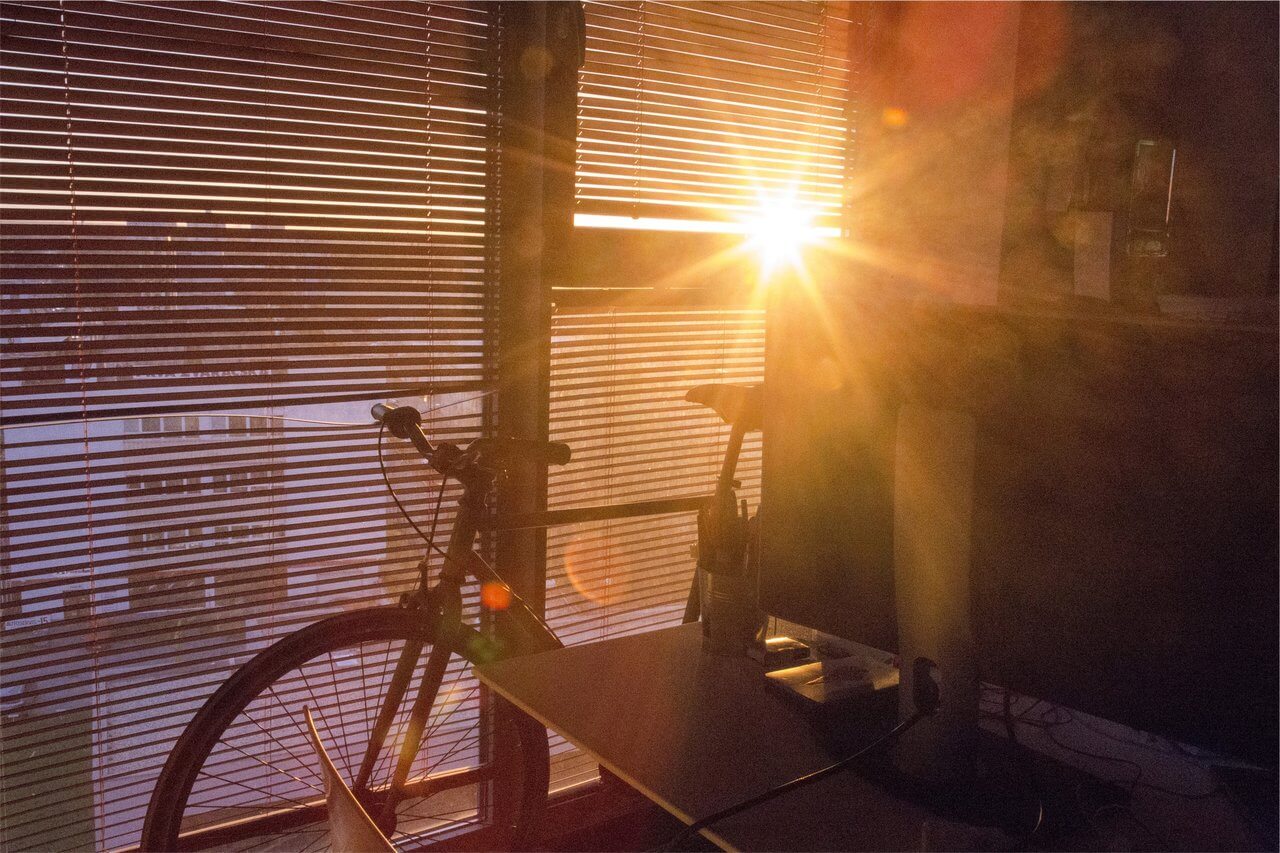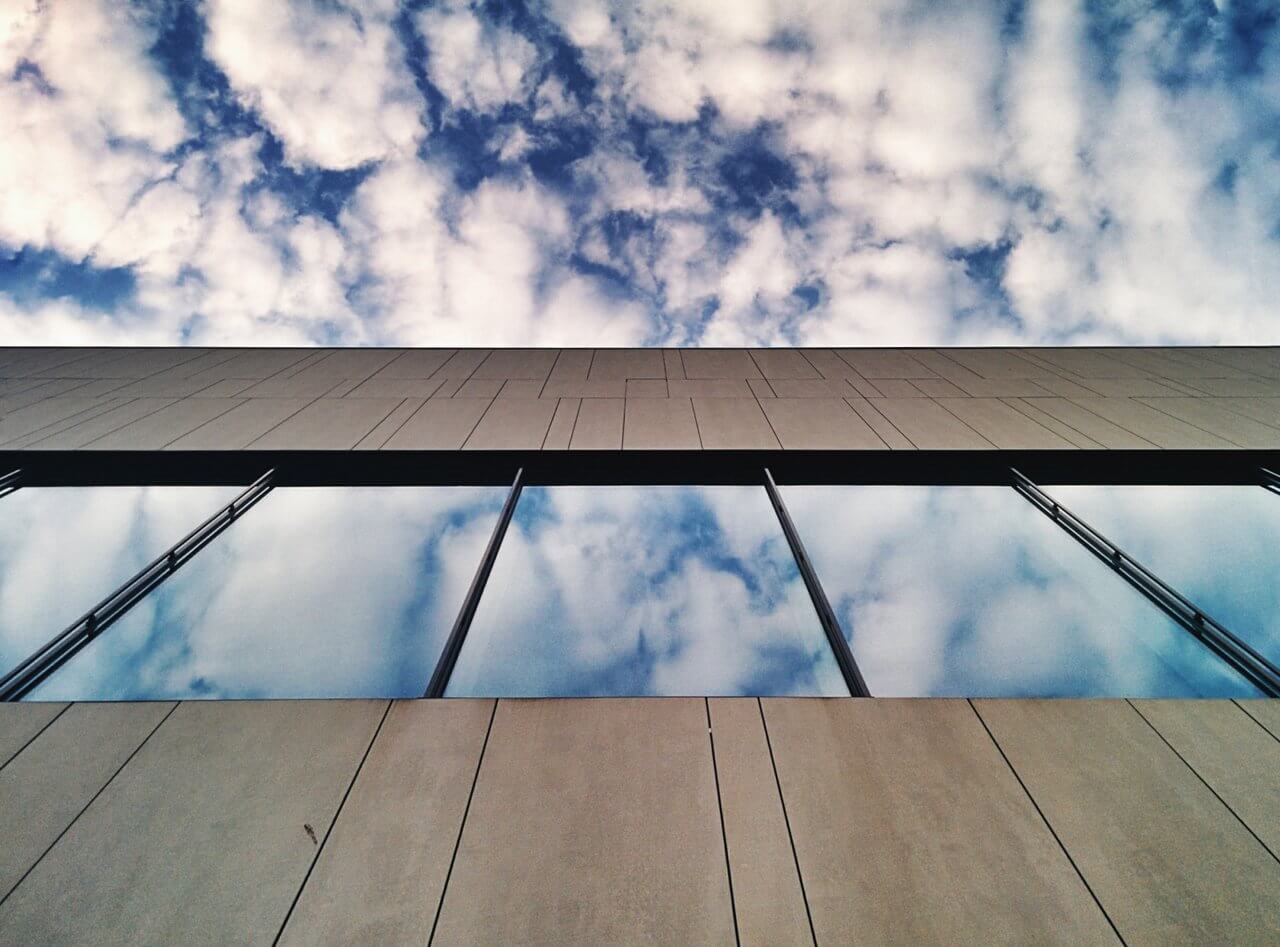
The seasons affect how people feel, what they do and — most importantly for facility managers — how they work. Spring weather empowers the outdoor enthusiast, but brings severe allergies to others. Winter creates stunning ski slopes, but also headaches for commuters dealing with gloomy conditions, darker days and slush.
Facility managers who account for these seasonal changes in their workplace will develop a more comfortable environment for their employees so that the whole team can continue to perform at their peak.
So how exactly can you plan for these seasonal changes? Here are five simple ways we think can make a huge difference throughout the year.
1. Beat the winter blues

In seasons with shorter days like autumn and winter, a shortage of light can cause moods to drop or even trigger seasonal affective disorder, a form of depression tied to a lack of natural light. Your biological clock is also affected by light, since your circadian rhythms adjust based on regular exposure to light and dark. A lack of light at regular hours can throw off this clock, causing you to feel tired at strange times.
To help fight fatigue, make sure to maximize the amount of natural light your workplace gets by keeping blinds or curtains open. Shift desk layouts to make sure nobody is left in the dark.
Providing indirect or dispersed lighting can also help your workers maintain their energy levels, but it’s not a perfect substitute for natural light. Consider implementing a smart lighting system if you’re looking to track energy efficiency and automate your systems to adapt for each season.
2. Avoid heat and glare

In summer and spring, light can cause glare and heat, distracting workers from their tasks. For some people this isn’t a big deal, but excessive light can be problematic for those with light sensitivities and those who work with visual content that involves important details like color fidelity. Working in a stuffy, hot office will also make employees uncomfortable and stifle productivity levels.
Equipping windows with blinds and curtains lets workers control how much light and heat enter their space. Putting a reflective film on windows can help cut down the glare and installing an air conditioner can keep the space cool. You can also provide alternative lighting options like desk lamps or create spaces that prioritize shade.
3. Use your windows

The quality and quantity of windows in your office play a crucial part in how temperature is regulated. Positioning your team’s desks closer to open windows can help keep things cool in the summer without using too much energy. However, depending on your office size, a shift like this may prove frustrating, especially in the heat.
Consider software tools to help you with the planning process and understanding how you can optimize your space.
On the other end of the spectrum, it’s important to check if your windows are properly sealed to trap heat during winter. Otherwise, you might be missing out on the insulation benefits that can keep your team comfortable.
4. Invest in food and drink

This is a small investment that can go a long way, both for your office culture and comfort levels. Ice cold water, soda, coffee or hot chocolate are all beverages you can provide to your workers to help them maintain thermal comfort, season to season.
Offering drinks and food can even create opportunities for coworkers to bond and share ideas over a nice meal. Something as simple as Fruit Friday can bring together your team in more ways than one, and further enhance your company culture and workplace productivity (and wellness!).
5. Celebrate the seasons

Whether it’s jazz music in autumn or bike rides in spring, every season has something pleasant to offer. You can make your workplace more enjoyable throughout the seasons by incorporating events like barbecues in the summer, holiday decorations in the winter, movie nights in autumn and outdoor meetings in the spring.
Whatever you choose to do to celebrate, always remember to incorporate your staff in these decisions, asking them what’s important to them and you will surely infuse seasonality into your company culture.
Adapting to seasonal changes can be challenging, but if done properly, you can create a workplace that is comfortable, inspires productivity and takes full advantage of what the weather has to offer.
Photos: Huy Lê, Milada Vigerova, Patrick McMahon, Kamil Kisiela, Wil Stewart, Jill111



